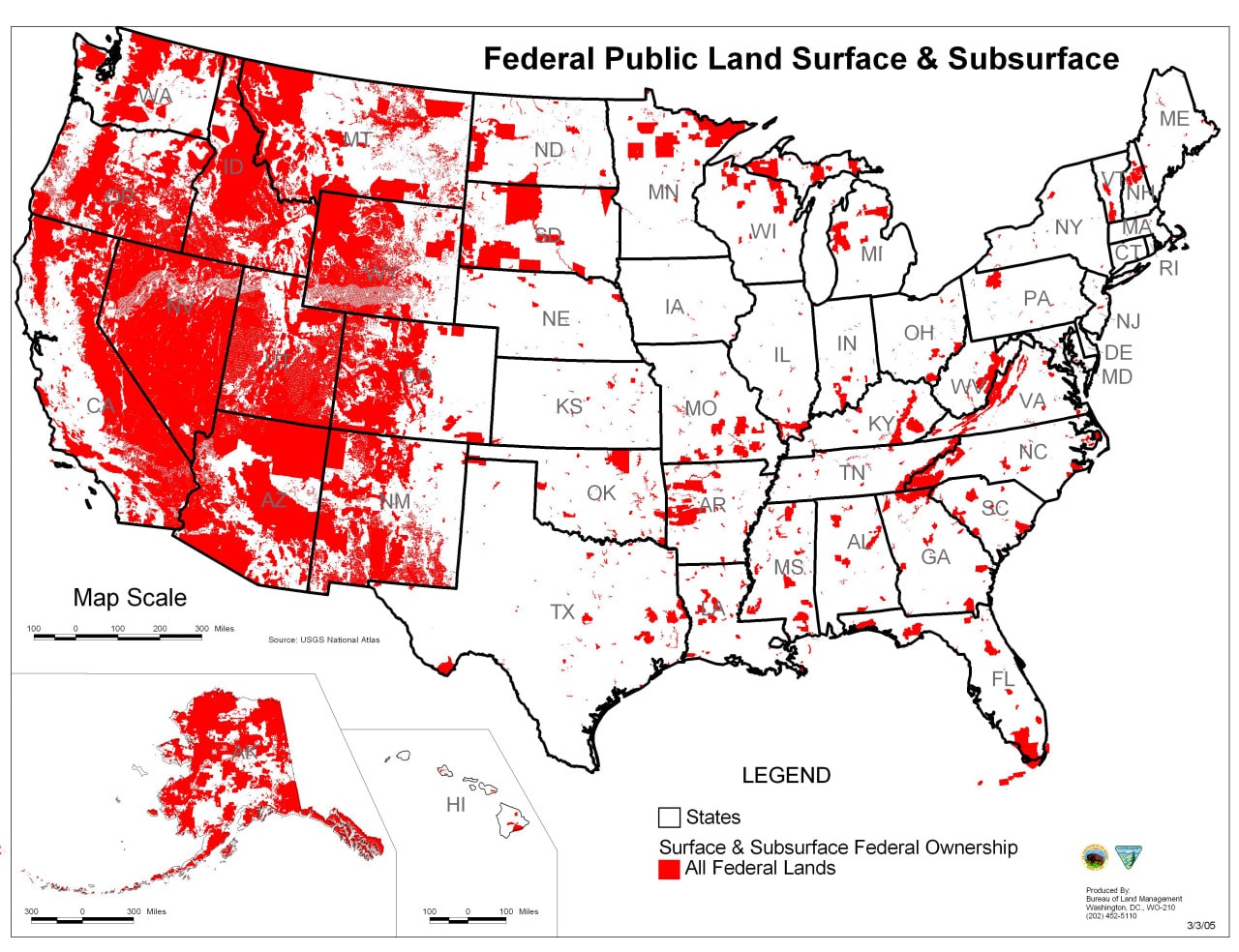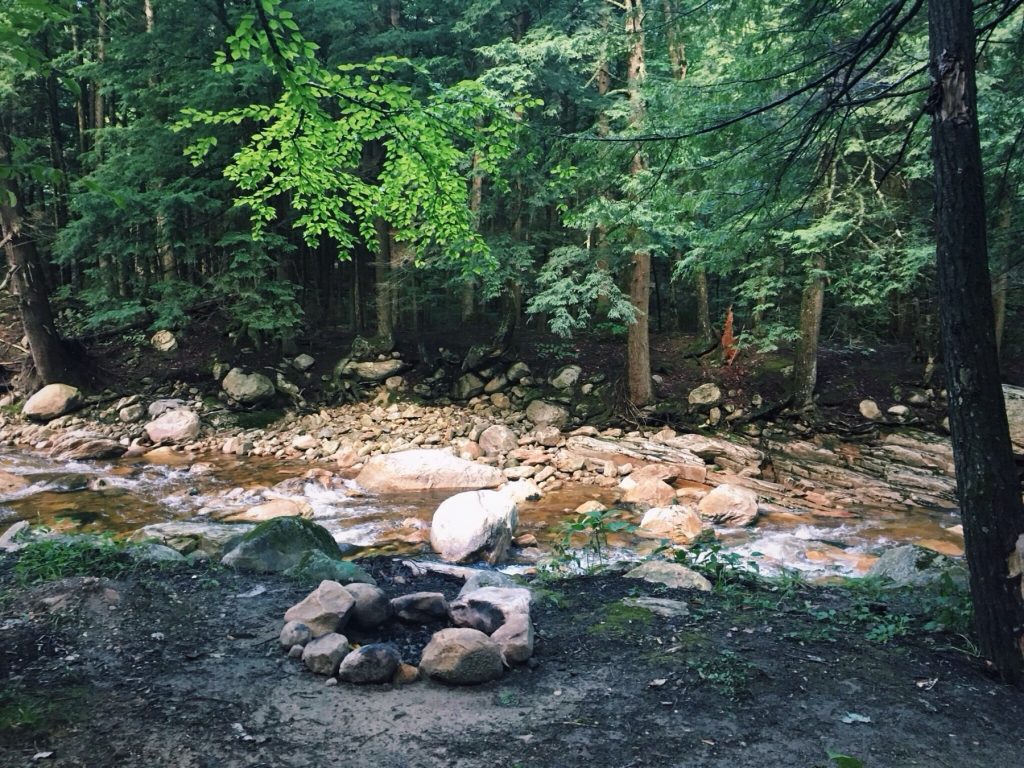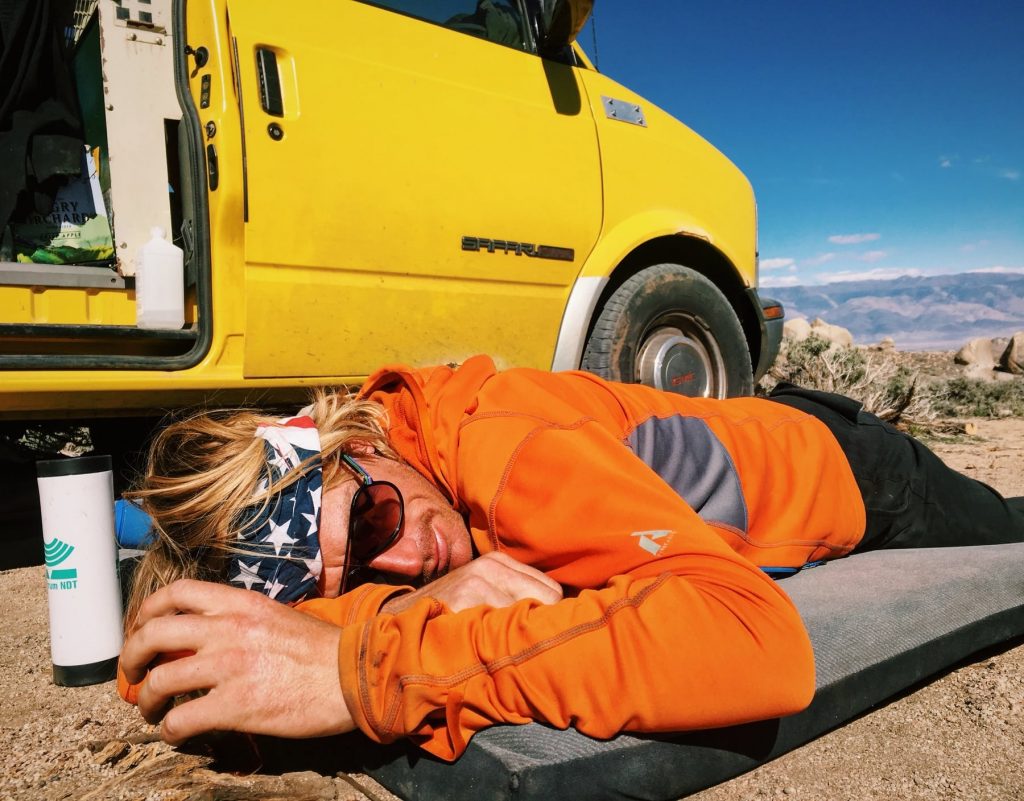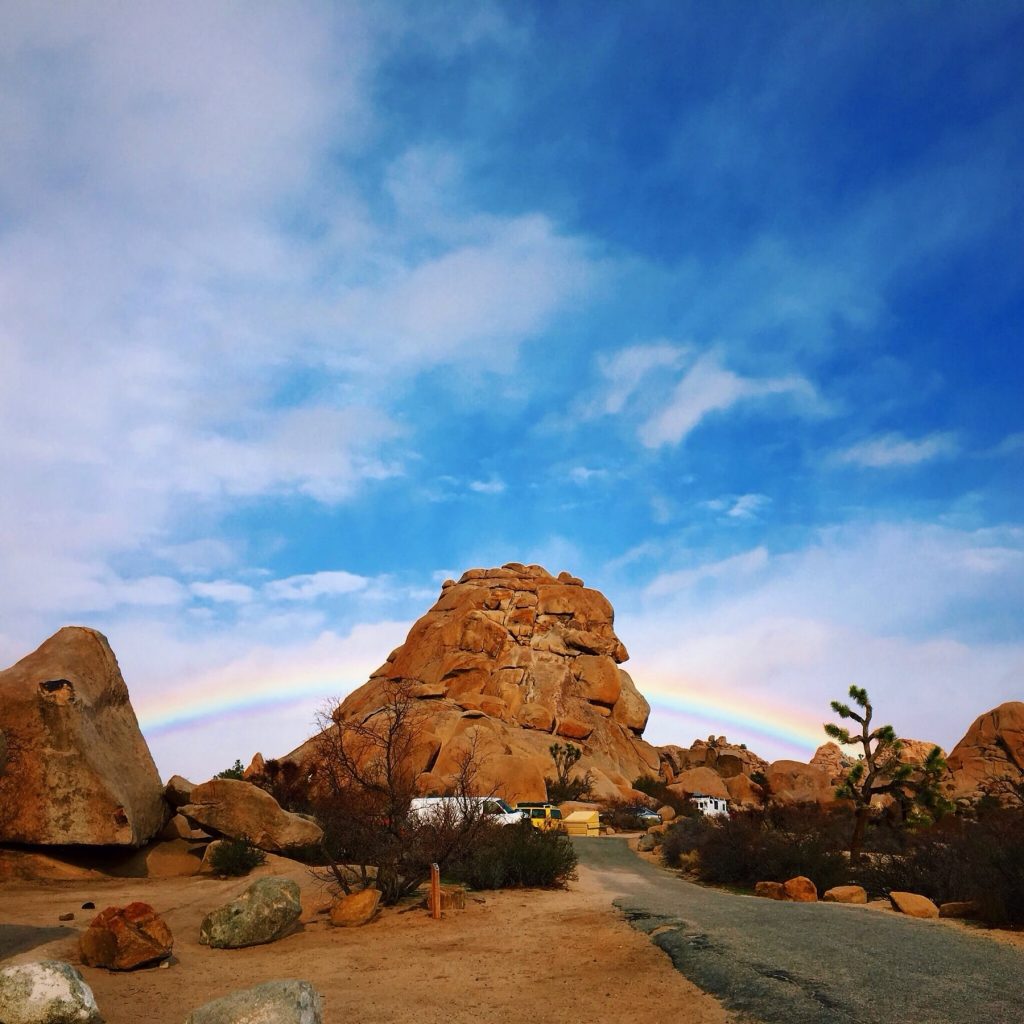After a long day of climbing, there is nothing more refreshing than a solid night’s sleep. Unless you live in Squamish, where big walls rise out of backyards, you’ll need to find a suitable temporary home to rest and recharge.
Use the following techniques to camp in comfort without breaking the bank:
The Bureau of Land Management
The Bureau of Land Management (BLM) oversees 13% of all land in the nation, most of which lies west of the Rockies. You may camp for free on any undeveloped BLM land, unless additional restrictions have been placed. Thankfully, almost all BLM land is undeveloped!
There is one catch: you may only stay for 14 days in any 28-day period. Once that limit is up, you must move at least 30 miles. While I would never encourage you to break the law, it’s worth mentioning that the BLM does not devote significant resources to tracking down dirtbags camped out in the middle of nowhere.

National Forest land
9% of the land in America falls under the jurisdiction of the United States Forest Service in the form of National Forests and National Grasslands. Many National Forests allow dispersed camping similar to the BLM. Dispersed camping is generally qualified as camping away from trailheads, campgrounds, and developed recreation areas.
Policies vary from one National Forest to another, so check their websites to see where dispersed camping is allowed. Expect to find tranquility, solitude, and sublime vistas when camping in National Forests.

Dispersed camping in Green Mountain National Forest, Vermont.
Climber campgrounds
Many climbing areas have semi-established camping areas or de-facto climber campgrounds on nearby BLM land. Indian Creek in Utah, Wild Iris and Ten Sleep in Wyoming, and the Buttermilks in California all have easily accessible free camping. When you get to the crag, just ask around for camping beta.
Most climbers east of the Rockies have heard of Miguel’s Pizza at the Red River Gorge, KY. You can enjoy delicious send pizzas and $3/night camping in the sport climbing mecca of the nation. On the other side of the country is the Pleasant Valley Pit Campground in Bishop, CA, which also boasts $2/night camping (sorry no pizzas here!).
In between are the Banks and Sand Gulch Campgrounds near Shelf Road, CO. While the rate is $7/night for a campsite, it can be split between 8 people, which leads us into the next tip.

A dirtbag climber enjoys a rest day at the Buttermilk Road camping area.
Share campsites
Paying $15 for one night of camping is absurd, so how do dirtbags afford to stay at Hidden Valley Campground in Joshua Tree? They share campsites with friends, other climbers, hikers, strangers, and really just about anyone that will chip in a few dollars for the camp fee. When split between the maximum of 6 people, the cost goes down to $2.50 each night.
Most campgrounds cost a modest amount when split between the maximum number of people in a site. Be warned, if you’re splitting camp fees and it still costs more than $4 for a night, you’re probably getting screwed and should find a new campground.

There’s always free camping at the end of the rainbow! (Hidden Valley Campground)
Join the community
As mentioned in a previous Dirtbag Tricks article, putting down some roots will lead to a richer, more vibrant experience wherever you go. So make friends with the locals and ask around. There are communes, farms, co-ops, and all those other hippie things your parents warned you about. Many are very welcoming to travelers, and most are understanding of the dirtbag lifestyle.
Make life on the road a little more comfortable by getting the right camp chair. Check out GloboSurf’s Best Camping Chairs guide here.
Network
Networking isn’t just for business; you need to build yourself a dirtbag network!
Keep in touch with the climbers you meet, and stay up to date on their travels. Are you heading to an area with no reasonable camping options? It’s time to reach out to the people you know who have climbed there in the past. Where did they stay? What did they climb? Where did they eat?
Car cover
Many dirtbags will cut out cardboard to put over their windows for extra privacy. Take this one step further by purchasing a cheap car cover. Blocked windows give privacy, but it’s still easy to see when someone is inside the car.
A car cover expands your camping options to almost anywhere that you can legally park. It’s not an ideal way to camp long term, but it is an amazing solution in a pinch. Park your car, throw the car cover over, and when no one is watching, sneak inside! Enjoy a restful night wherever you like, and don’t come out unless you hear the words,
We’ll have to tow the car.
Walmart
When push comes to shove, Walmart is always an option for a night’s sleep. Most Walmart locations allow travelers to camp in their parking lots free of charge, though this is not a method you’ll want to make a habit of using. If you do find yourself stranded between good camping locations, settle in at a Walmart parking lot, use the store bathrooms, and then bust out your car cover!
Editor’s note: this article has been updated to indicate the correct price of Miguel’s camping—a bank-breaking $3, not $2 as originally stated.
Want more climbing content? Get our awesome climbing newsletter, delivered weekly.
Explore more
- This week’s best rock climbing gear deals
- Our 30+ most popular articles ever
- Dirtbag Tricks: How to Stay Warm When It’s F****** Cold
- Van Life: Essential Gear for Dirtbagging on the Road
- Truck Touring: What to Do When the Dream Isn’t So Dreamy
- Van Life, Dirtbagging and the Creation of Moja Gear
- This Week’s Best Rock Climbing Gear Deals
- What’s In Your Pack: Peter Croft on Gear and Alpine Efficiency
- 23 Best Gifts for Rock Climbers
- Get daily updates by Liking us on Facebook
- Free rock climbing PDFs on technique, training, knots, and more








